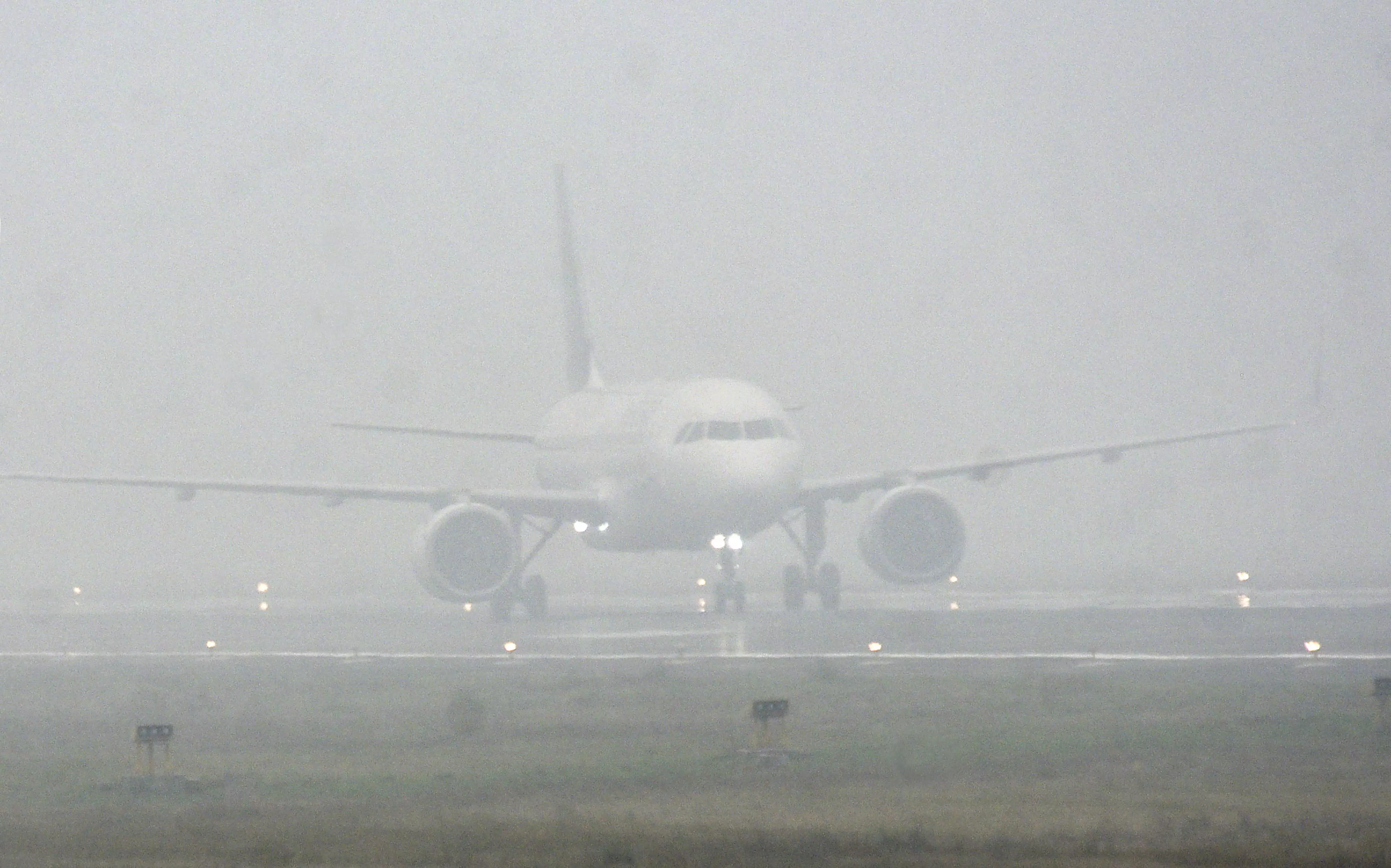DC Edit | Airlines, airports must plan better to tackle winter fog

The dense fog of winter in India’s busiest aviation hub, New Delhi, has caused absolute chaos to flight schedules with the knock-on effect engulfing several airports around the country. A few other metros have also been affected by winter’s fog or smog while Chennai suffers it acutely on the festival day of Bhogi when they burn old material to mark new beginning and end up enveloping the city in smog and smoking out aircraft take-offs and landings.
So grave is the problem of delays out of New Delhi that flight diversions and landings 20 hours behind schedule have become common, leading to such air passenger wrath as to trigger nasty incidents of affray. One irate flyer assaulted a pilot, who was making an unpleasant PA announcement from inside the passenger cabin, and a group of passengers had a picnic on the apron in Mumbai airport to protest a diversion that had caused an inordinate delay.
There are multiple reasons for the compounding of a weather problem that affects aviation in the northern hemisphere winter. The use of the wrong type of planes and lack of low-visibility operation crew contributes to delays even as domestic flights operate at around 90 per cent of capacity in the peak winter season that is also the holiday season, leading to immense crowding of airports.
Punctuality performance is below 50 per cent for most aviation operators, thanks to New Delhi adding to this with its fog posing an insurmountable problem. A virtual duopoly featuring Indigo and Air India, with others struggling for profitable operations, also exacerbates this.
No algorithm exists to exclude New Delhi IGI airport for flights till at least midday when the fog might be less dense than in the early hours. IT-enabled India can work out a schedule for mid-December to mid-February that could leave the capital’s airport out of operations for a part of the day, but not without offending the sensibilities of national obsession with the capital.
The flyer, already hit by rising costs of flying in India, becomes the least priority in our aviation industry whenever scheduled operations take a hit. In the chill of winter, a passenger is not even allowed to enter the airport if they get there more than four hours before their flight. It should not take much to change such a bureaucratic approach.
Some airlines like Air India do take proactive steps to minimise travel disruptions for Delhi flyers like free rescheduling or cancellation of flight bookings. But the number of those undertaking essential travel is such that small measures may mean little. And airlines are not that great either in ensuring all passengers are informed of flight delays on their mobile phones so that airports may get some relief from excessive crowding due to flight delays.
Deploying aircraft that can fly in dense fog with pilots trained to handle low visibility might be the best solution to an elusive algorithm of a specialised winter schedule for flights into and out of New Delhi. Meanwhile, treating delayed passengers courteously might help, regardless of how harried the check-in counter staff are.
Lest the request for more orderly winter aviation be mistaken for elitism weighted in favour of flyers, the muddle of hugely delayed flights represents a national problem that needs a thinking solution as much as one would advise caution for rail and road travel, which is equally hazardous in winter climatic conditions. The point is India must learn to plan, not simply improvise, to tackle a recurring situation like winter fog.

